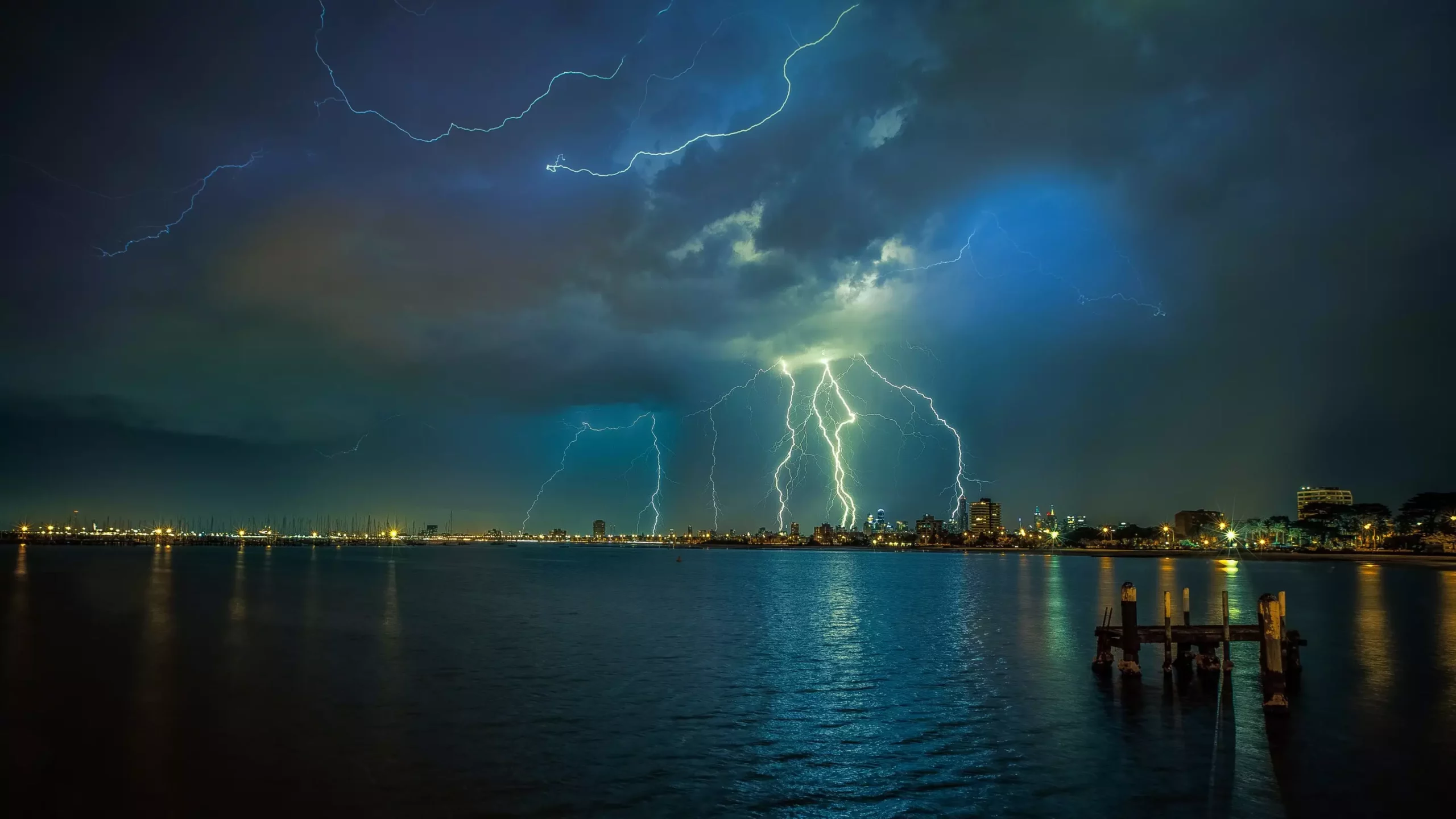Recent scientific investigations reveal that air pollution is not merely a concern for human health but also significantly influences weather phenomena, particularly thunderstorms. A comprehensive study led by researchers at James Madison University (JMU) sheds light on the intricate relationship between atmospheric pollutants and the severity of summertime storms. As the need for understanding the implications of environmental degradation rises, this research provides critical insights into how urban pollution can exacerbate natural weather events.
Mace Bentley, a prominent geography professor at JMU, emphasizes that pollutants serve as nuclei for cloud formation. This phenomenon occurs when pollutants are introduced into storm clouds through updrafts. Once inside, the interplay between updrafts and downdrafts facilitates the separation of these particles, enhancing the electrical charge distribution within the cloud. This division fosters an increase in lightning production, establishing a direct correlation between pollution levels and thunderstorm intensity. Such findings highlight the disturbing reality that urban areas, already plagued by health issues from pollution, may also suffer from intensified weather events.
The extensive three-year study analyzed nearly half a million thunderstorms specifically in Washington, D.C., and Kansas City. Researchers leveraged 12 years of data from the National Lightning Detection Network paired with information from various air quality monitoring stations. Their analysis revealed a consistent pattern: as instability within the atmosphere rises, increased pollution correlates with a higher frequency of lightning strikes reaching the ground. This relationship is crucial for forecasting and offers new perspectives on storm prediction models, urging the need for improved environmental policies.
Global Implications and Further Research
Bentley is extending this vital work to Bangkok, a megacity that grapples with severe pollution and is situated in a tropical climate. Preliminary findings indicate that thunderstorms in Bangkok exhibit even higher lightning rates than those observed in the U.S. cities studied. This consistency across different geographical locales suggests a universal mechanism by which urban pollution intensifies thunderstorm activity. Bentley’s assertion that urban pollution universally enhances thunderstorm and lightning activity signifies an urgent call to action for global environmental stewardship.
The repercussions of this study extend beyond meteorology; they invite a reevaluation of urban planning and its environmental ramifications. With increasing urbanization, the likelihood of thunderstorms becoming more severe may grow—potentially leading to heightened risks of property damage, injury, or loss of life. Policymakers must consider these findings in their development strategies to mitigate pollution and its effects on weather patterns. As we navigate an era of climate uncertainty, addressing air quality is paramount in safeguarding both public health and the integrity of the environment. The implications of this study are far-reaching, reminding us that the health of our atmosphere is intricately tied to the well-being of our urban landscapes.

